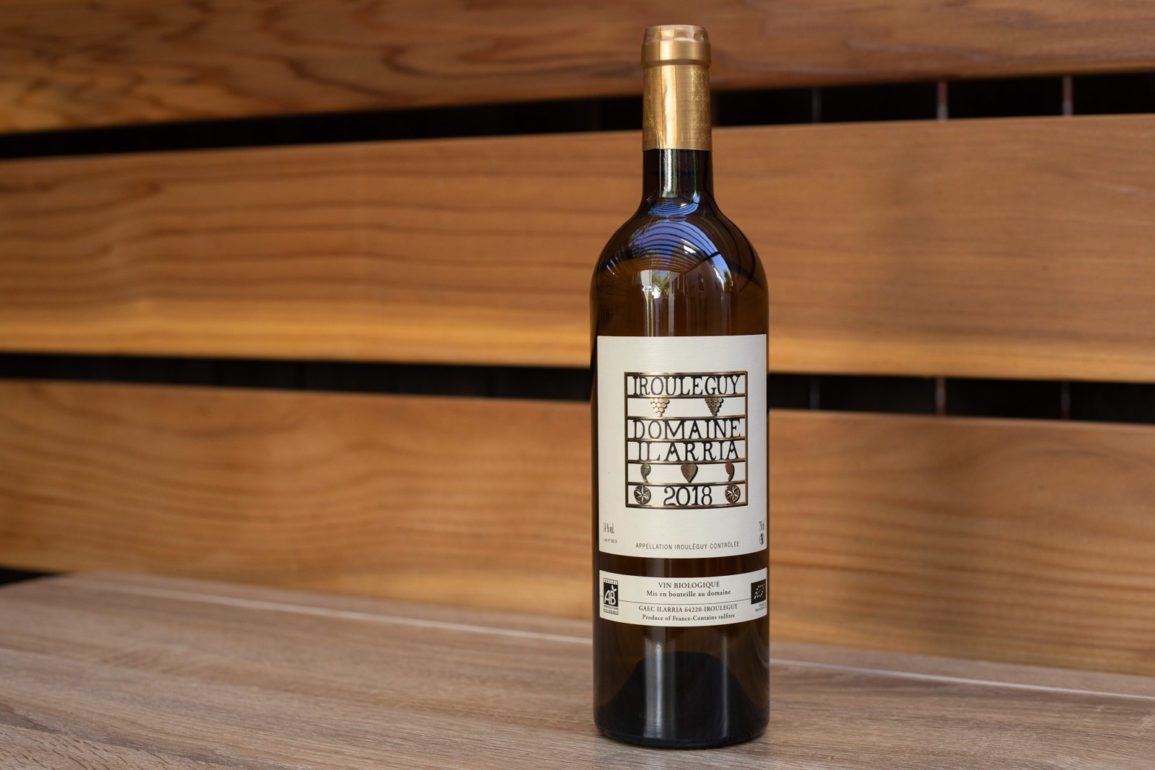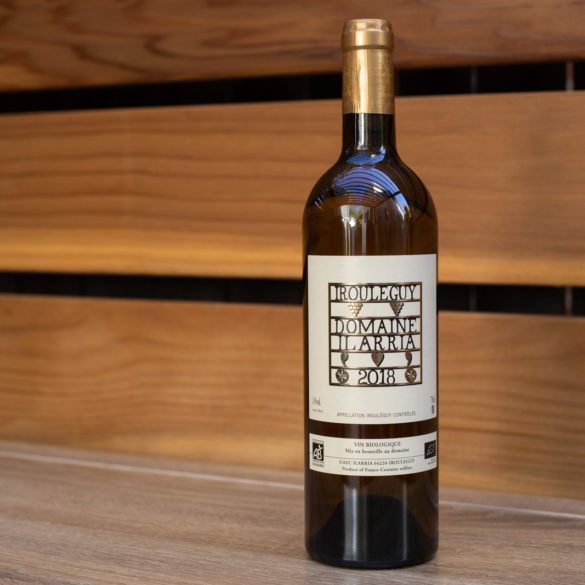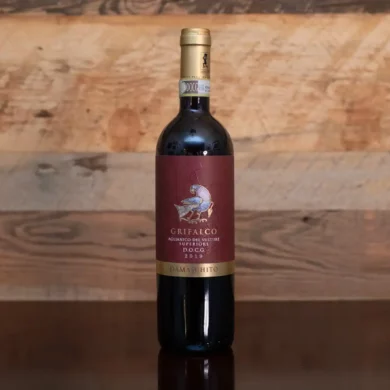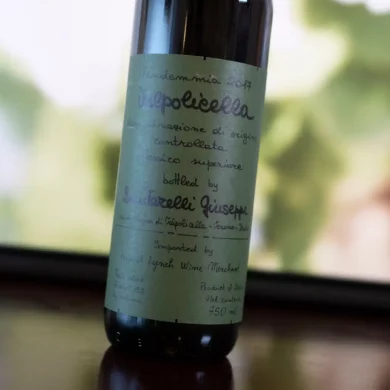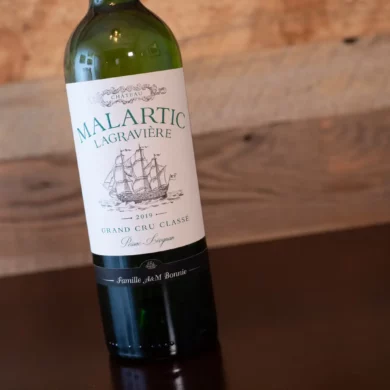If drinking a bottle of wine is seen by you as a liquid passport to distant lands, then read on. Here is a wine from an often-overlooked corner of France named Irouléguy, and it certainly merits our attention for its delicious wines and the prospect of vivid pastoral day dreams.
In terms of the mood it strikes, think of a continuum between White Burgundy and the classic white blends of Alto Adige, and place your finger right smack in the middle. That’s where you’ll find this wine’s personality.
Nestled in the northern foothills of the Pyrenees near the Atlantic Ocean, Irouléguy is firmly rooted in French Basque Country. The mother tongue is as ancient as any language on earth, and the predominant color palette of the landscape is a spectrum of green from all the rain. Many of the vineyards are terraced on steep slopes, and the wines come from such grapes as Tannat, Cabernet Franc, Courbu, Petit Manseng and Gros Manseng. Most of the production is red, but the whites should not be overlooked, as a recent tasting revealed to me.
Domaine Illaria’s 2018 Irouléguy Blanc offered a pleasant, citric quality countered with a burly yet agile body. The juxtaposition between the two elements — ethereal, zesty nose; rounded texture — was thrilling. In terms of the mood it strikes, think of a continuum between White Burgundy and the classic white blends of Alto Adige, and then place your finger right smack in the middle. That’s where you’ll find this wine’s personality.
While small in size, Domaine Illaria has been an important fixture in the cooperative-heavy appellation of Irouléguy. The Petite Manseng portion of the Irouléguy Blanc benefits from skin-contact (extended maceration) which seems to account for some of the wines depth of flavor. I found distinct tones recalling summer-ripe nectarine, almonds, lemon zest, honeysuckle and leather.
2018 Domaine Illaria Irouléguy Blanc
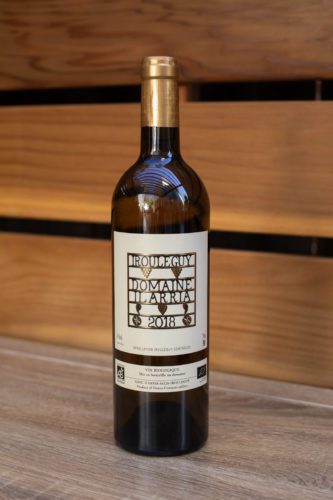 Irouléguy AOC • Sud Ouest
Irouléguy AOC • Sud Ouest
Grapes: Petit Courbu (60%), Petit Manseng (40%)
Alcohol: 14%
Opinion: ★★★★ 3/4 (out of five)
Food-friendliness: Versatile
Value: Very Good
A beginner might like … learning more about this corner of France, which is often overlooked and — due to small volumes — barely represented on the American market. Historically, the area was visited by pilgrims on their way to Santiago de Compostela, and from a viticulturally significant standpoint, Southwest France is likely the birthplace of Cabernet Franc.
A wine-obsessive might like … the thrilling sensation on the palate. Perhaps because of the extended maceration, the wine has phantom tannins that provide a little bit of grip, as well as an acidity that I described in my notes as “more nectary than juicy,” all while having no residual sugar. Simply put: it has quite a bit of eccentricity.
Note: This wine was provided as a sample by one of its American importers. Learn more about our editorial policy.

